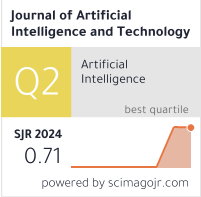Fruit Tree Disease Recognition Based on Residual Neural Network and Attention Mechanism
DOI:
https://doi.org/10.37965/jait.2023.0291Keywords:
attention mechanism, disease recognition of fruit trees, ResNet, transfer learningAbstract
Fruit growing has played a huge role in solving food supply issues in many countries. However, the yield and quality of fruits can be affected by various diseases, and thus timely and accurate identification of disease conditions is particularly important. Currently, using image recognition and object detection technology to diagnose fruit tree diseases has become a research hotspot in forestry informatization. Convolutional neural networks eliminate the preprocessing of manual feature selection and have high recognition performance. However, it is not easy to train due to the risk of gradient disappearance. In order to achieve better recognition effect, this research addresses the problem of applying small-scale data samples through data enhancement and transfer learning, and it optimizes the model by combining the two main attention mechanisms of SE and CBAM with ResNet50. Through experiments, it is found that the CBAM ResNet50 model has the best effect, improving the application performance of the studied model in actual scenarios.
Metrics
Published
How to Cite
Issue
Section
License
Copyright (c) 2023 Authors

This work is licensed under a Creative Commons Attribution 4.0 International License.





